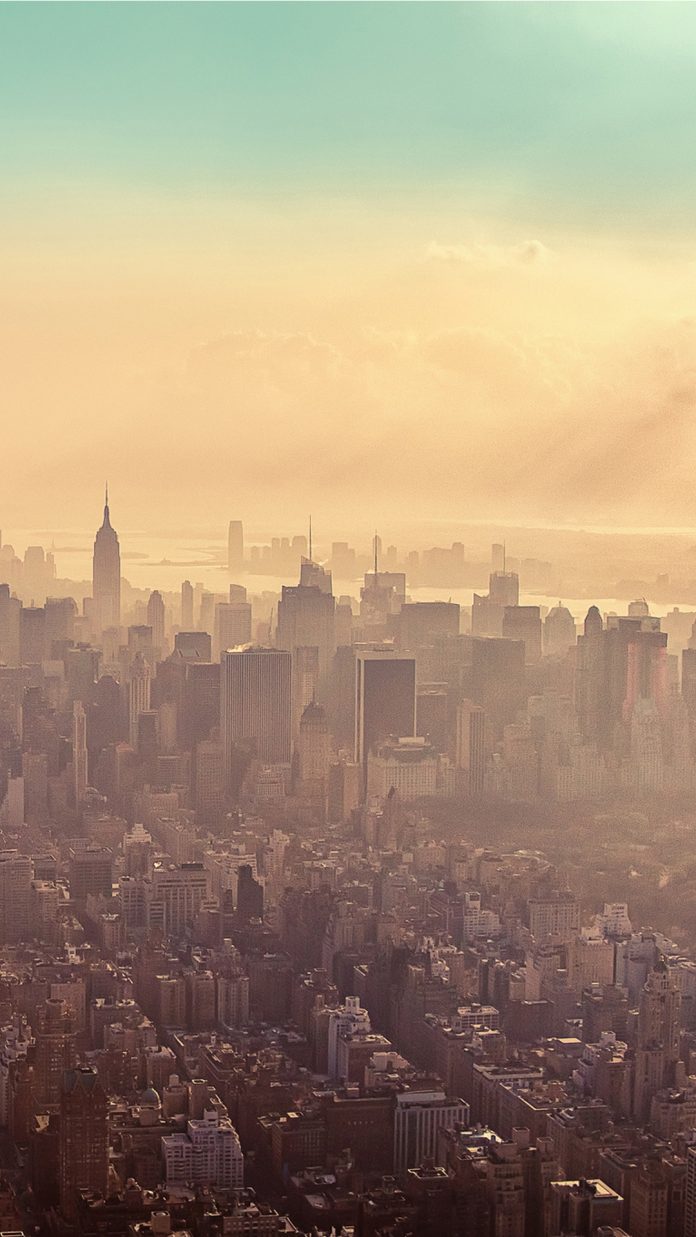In this article, we are going to learn how to insert an image in your live camera feed using OpenCV in Python.
Stepwise Implementation
Step 1: Importing the libraries
CV reads and stores all the images as a NumPy array. We need the NumPy library to manipulate the image and as expected we need the cv2 module.
Python3
# importing libraries import cv2 import numpy as np |
Step 2: Get the webcams live feed
- The next step is to get the live feed from our webcam or any other connected camera. As you know a video is a collection of images. So, what we are going to do is get our webcams to feed every millisecond as an image and put it in a while loop to make it as a loop of different images showing back to back to get our live webcam feed.
- Obviously, this is not going to be a never-ending loop so we are setting a key to breaking out of the loop
- What these two lines of code are going to do is, it will wait for the specified key and if the key is pressed it will break out of the loop.
Python3
# Setup camera cap = cv2.VideoCapture(0) # While loop while True: # Capture frame-by-frame ret, frame = cap.read() # Show the captured image cv2.imshow('WebCam', frame) # wait for the key and come out of the loop if cv2.waitKey(1) == ord('q'): break # Discussed below cap.release() cv2.destroyAllWindows() |
Step 3: Read the image
The next step is to read the image and store it in a variable to access it by cv2.imread and resize the image.
Python3
# Read logo and resize logo = cv2.imread('image.png') size = 100logo = cv2.resize(logo, (size, size)) |
Step 4: Create a mask in the live feed
Next, we should set a space for the image where it is going to be placed in the webcam feed By masking out that area for a smooth placement of the image.
For that, we are going to use the cv2.cvtColor (To know more visit cv2.cvtColor ) to first convert the given image into a grayscale image, because it is easy to process the image in OpenCV if the image is in grayscale, and mask out the area by thresholding the pixels in that range by cv2.THRESH_BINARY ( To know more visit cv2.THRESH_BINARY ) to create a space for the image to appear.
Python3
# Create a mask of logo img2gray = cv2.cvtColor(logo, cv2.COLOR_BGR2GRAY) ret, mask = cv2.threshold(img2gray, 1, 255, cv2.THRESH_BINARY) |
Now we are going to find the ROI (range of interest) where the image should be placed and mask out the area and insert the image into the live feed.
Python3
# Region of Interest (ROI), where we want # to insert logo roi = frame[-size-10:-10, -size-10:-10] # Set an index of where the mask is roi[np.where(mask)] = 0roi += logo |
Step 6: Show the Video
Now it is a good practice to release the webcam for other sources after using it we can do this by cv2.release() and use cv2.destroyAllWindows() after we broke out of the loop.
Python3
cv2.imshow('WebCam', frame) if cv2.waitKey(1) == ord('q'): break # When everything done, release the capture cap.release() cv2.destroyAllWindows() |
By doing these simple steps we can insert any image or any logo by this method.
Complete Code
Python3
# importing the libraries import cv2 import numpy as np # Setup camera cap = cv2.VideoCapture(0) # Read logo and resize logo = cv2.imread('image.png') size = 100logo = cv2.resize(logo, (size, size)) # Create a mask of logo img2gray = cv2.cvtColor(logo, cv2.COLOR_BGR2GRAY) ret, mask = cv2.threshold(img2gray, 1, 255, cv2.THRESH_BINARY) while True: # Capture frame-by-frame ret, frame = cap.read() # Region of Image (ROI), where we want to insert logo roi = frame[-size-10:-10, -size-10:-10] # Set an index of where the mask is roi[np.where(mask)] = 0 roi += logo cv2.imshow('WebCam', frame) if cv2.waitKey(1) == ord('q'): break # When everything done, release the capture cap.release() cv2.destroyAllWindows() |
Output:




